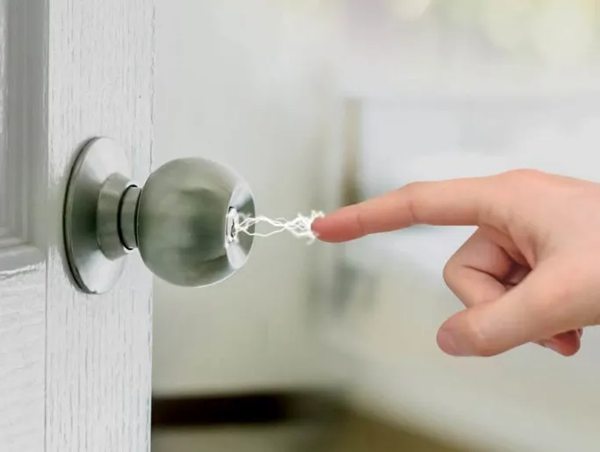With the arrival of a cold front, temperatures across many regions are plummeting. Cold weather can impact the performance of various electronic devices, including smart locks. For instance, the likelihood of fingerprint recognition failure increases in winter, and temperature changes can cause malfunctions or even complete lock failures. Dealers report a noticeable uptick in after-sales inquiries as soon as the cold season begins.
In this article, we’ll share key tips on how to care for your smart lock during winter and prevent common issues.
1. Check Battery Levels Regularly
Contact Support for Battery Issues
Smart locks, especially popular models like those with 3D facial recognition or video features, typically rely on lithium batteries to maintain long battery life. While these batteries are housed indoors, they are still affected by cold temperatures. During winter, it’s important to monitor the lock’s battery level closely. If it’s low, replace it promptly to avoid malfunction. In case you notice battery damage or leakage, immediately contact the manufacturer’s support team.
If your lock uses disposable batteries, opt for high-quality alkaline batteries. Alkaline batteries have a higher capacity and are less affected by low temperatures compared to standard dry batteries. It’s a good idea to keep extra batteries on hand in case of an emergency.
2. Prevent Static Electricity Interference
Ensure Proper Fingerprint Recognition
Winter’s dry air increases the likelihood of static electricity buildup, which can affect your smart lock’s fingerprint recognition system. While most smart locks now include anti-static protection, lower-quality models may not perform as well in such conditions. If you frequently generate static electricity, discharge it by touching a metal object before using the lock to improve recognition.
3. Consider Finger Temperature and Humidity
Improve Fingerprint Recognition Accuracy
In the winter, low temperatures can dry out your skin, making fingerprint recognition more challenging. Dry skin or peeling fingers may prevent the sensor from reading your fingerprint correctly. To counteract this, warm your fingers by breathing on them before attempting to unlock the door.
Another common issue in winter is the use of hand cream, which can interfere with fingerprint accuracy if applied too thickly. Similarly, if your fingers are wet, recognition may fail. Wipe off any excess cream or moisture from the fingers you plan to use for unlocking.
If repeated attempts at fingerprint recognition fail, try repositioning your finger at different angles. If that doesn’t work, it’s advisable to use a backup unlocking method, such as a password.
4. Clean the Fingerprint Sensor
Maintain Sensor Performance
If your fingers are in good condition but the sensor still fails to register, dirt on the sensor could be the issue. In this case, use a dry, soft cloth to clean the fingerprint sensor. Avoid using harsh materials like metal shavings, as they can scratch the sensor and impair its functionality.
5. Ventilate the Room Regularly
Prevent Moisture and Short Circuits
Many smart locks have the battery compartment located in the back panel. When indoor humidity is high and the outdoor temperature is low, condensation can form inside the lock, especially if cold air enters the room. This moisture can cause a short circuit in the battery compartment, disrupting the lock’s function.
To prevent this, ensure windows and doors are tightly sealed when extreme cold sets in. Properly ventilate the room to reduce moisture buildup. Also, avoid using the smart lock outdoors, as water exposure can damage the electronics inside. If the lock is exposed to rain or snow, wipe it dry with a soft, absorbent cloth.
6. Address Other Product Failures
Regular Maintenance to Prevent Issues
Like any electronic device, smart locks may experience malfunctions, particularly in extreme weather. If the lock fails to open due to a product issue, reach out to the manufacturer for after-sales service while the product is still under warranty. Regular maintenance can also help minimize the risk of problems and extend the lifespan of the lock.
With these tips in mind, you can ensure your smart lock operates smoothly and reliably throughout the winter season.
Post time: Feb-12-2025








